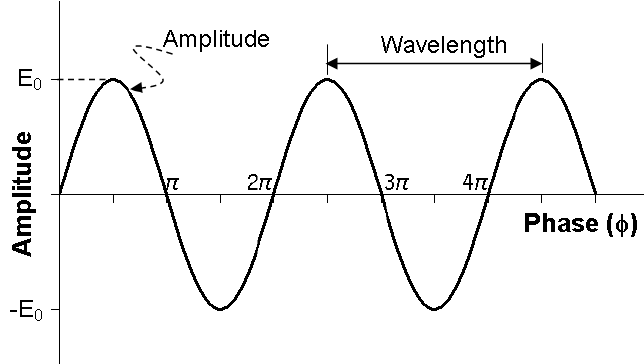
Short Notes on Amplitude, Phase and Frequency
In the fascinating world of signal processing, three fundamental parameters reign supreme: amplitude, phase, and frequency. These essential elements are the building blocks of any signal, whether it’s a simple audio wave, a complex radio signal, or even the intricate data streams that power modern communication systems. In this article, we’ll dive into each of these parameters, unraveling their significance and shedding light on how they shape the signals that surround us.
Amplitude: The Strength of the Signal
Amplitude refers to the strength or magnitude of a signal. In the context of waveforms, it’s the maximum distance the wave reaches from its equilibrium or zero point. Essentially, amplitude tells us how “loud” or “intense” the signal is. It’s a crucial factor in various fields, from audio engineering to telecommunications.
For instance, consider a sound wave. The amplitude of the wave determines the volume of the sound it represents. In electrical engineering, amplitude is a vital consideration in ensuring that signals are not distorted or weakened as they traverse through various components of a circuit or communication channel.
Phase: The Temporal Relationship
Phase, on the other hand, is all about the timing or temporal relationship of a signal with respect to a reference point. It describes the position of a waveform at a particular point in time. Phase is often measured in degrees or radians and is vital in fields like signal synchronization, interference analysis, and modulation.
To visualize this, think of two identical waves with the same frequency and amplitude. If one wave is shifted slightly ahead or behind the other in time, they are said to have a phase difference. This concept is fundamental in many applications, such as antenna arrays, where the relative phases of signals are adjusted to focus the radiation pattern in a specific direction.
Frequency: The Vibrational Essence
Frequency is perhaps the most intuitive of these parameters. It refers to the number of complete cycles or oscillations a signal completes in a given unit of time, typically measured in Hertz (Hz). Frequency is the key to understanding the pitch of an audio signal, the tuning of a radio station, and the operation of countless electronic devices.
Different frequencies carry distinct information. In telecommunications, different frequency bands are allocated for various services, ensuring that signals don’t interfere with each other. Frequency is also central to the concept of resonance, where a system vibrates most efficiently at its natural frequency.
How They Shape Signals
Amplitude, phase, and frequency are intertwined in the realm of signal processing. They work in harmony to define the characteristics of a signal, giving it its unique identity. The interplay between these parameters is crucial for the proper functioning of communication systems, medical devices, and countless other technologies.
Imagine listening to music. The amplitude of the sound wave determines how loud the music is, the frequency determines the pitch (high or low notes), and the phase relationships between different instruments contribute to the overall richness of the sound. In a broader context, understanding these parameters allows engineers and scientists to design and optimize systems for efficient and reliable signal transmission.
Conclusion
Amplitude, phase, and frequency are the cornerstones of signal processing. They form the basis for understanding and manipulating signals in various fields, from audio and telecommunications to medical imaging and radar systems. By grasping the significance of these parameters, we gain a deeper appreciation for the complex world of signals that shape our modern technology-driven lives.